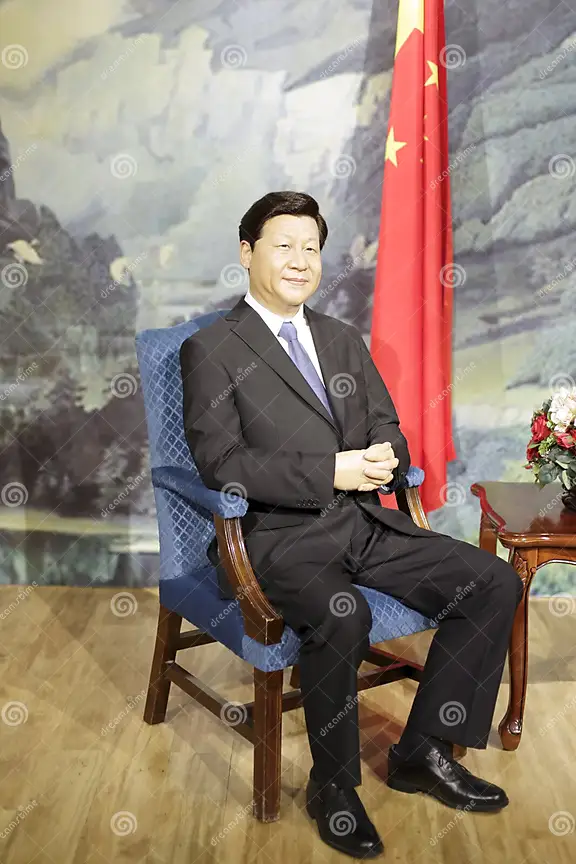
China’s Growing Influence in the Middle East
Over the past decade, China has increased its economic and political engagement in the Middle East, particularly since the Arab Spring and amid perceptions of U.S. withdrawal from the region. Initially, China balanced relationships with various sides while avoiding conflicts. However, with the Belt and Road Initiative (BRI) launched in 2013, China’s involvement has deepened, making it the region’s primary foreign investor since 2016.
China’s regional engagement now spans beyond energy to infrastructure, smart-city projects, innovation hubs, and 5G networks. Middle Eastern countries, disillusioned with U.S. policies, view China as a more reliable partner, appreciating its non-interference in political and human rights issues. This has made the China-Gulf Cooperation Council (GCC) relationship strategic.
Western perspectives have shifted, now viewing China as a significant challenger to U.S. interests. China’s trade with the GCC has surged, from $10 billion in 2000 to over $230 billion in 2021. China has also expanded ties with Israel, despite U.S. pressure limiting some interactions due to security concerns.
The Russia-Ukraine conflict has further influenced China’s Middle East approach, leading to increased use of the yuan in Gulf transactions. China has also grown its presence in the region’s defence market, supplying equipment where the U.S. has imposed restrictions.
Diplomatically, China brokered a reconciliation between Saudi Arabia and Iran in March 2023, highlighting its growing influence. Despite initially cautious responses to the Gaza conflict in 2023, China’s alignment with Arab interests has become clearer, positioning it against U.S. policies.
China’s efforts include facilitating Palestinian reconciliation talks and capitalizing on regional criticism of U.S. support for Israel. While China gains public support, its long-term impact remains uncertain, as U.S. military and political power continues to play a crucial role in the Middle East’s stability.



